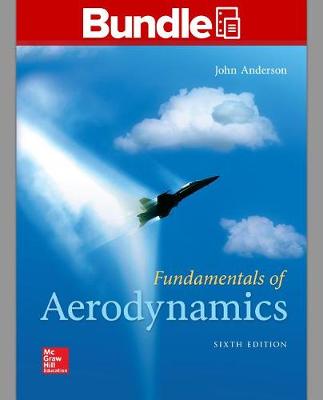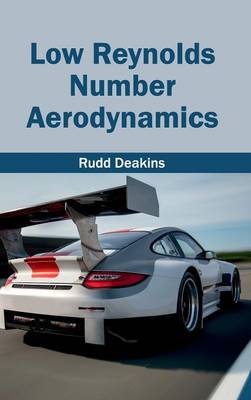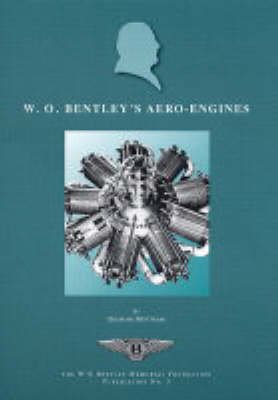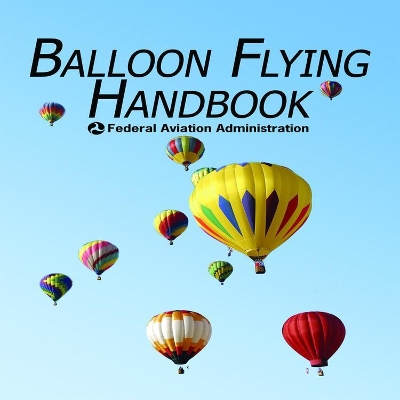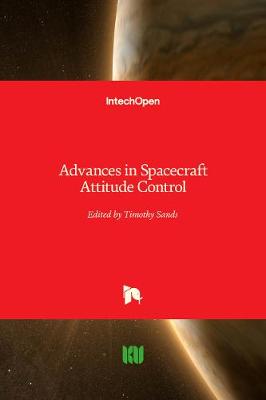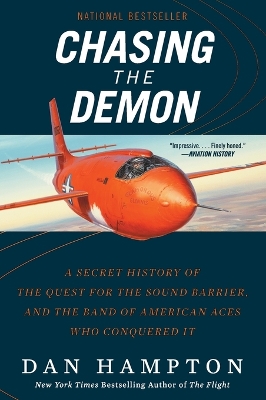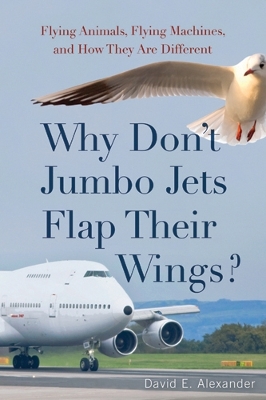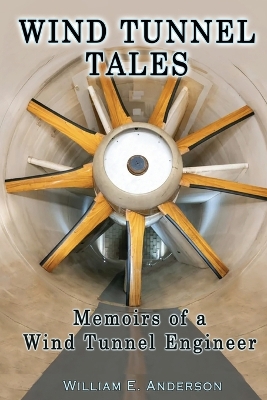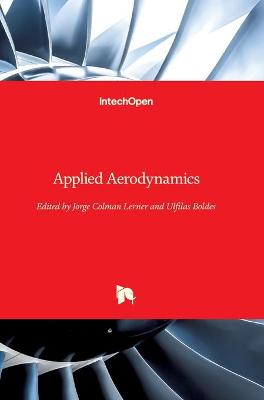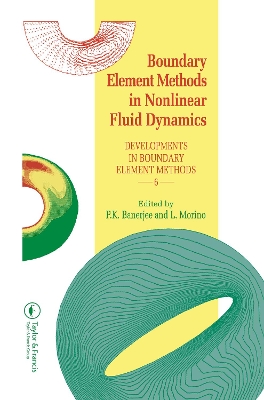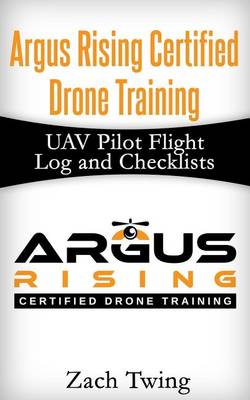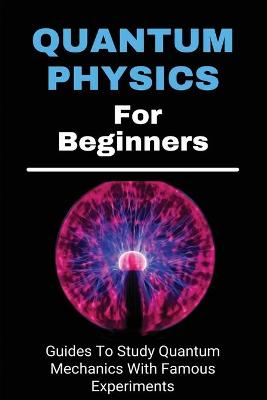Package: Loose Leaf for Fundamentals of Aerodynamics with 1 Semester Connect Access Card
by Professor John D Anderson
This is the new 2015 edition of the FAA's previous "Instrument Procedures Handbook" (previously the FAA-H-8083-16). This book covers all of the information needed to operate safely within the airspace system. In the FAA's "Instrument Procedures Handbook" (#FAA-H-8083-16A) the emphasis is placed on operations and procedural information for real-world use, which makes this the next logical step for pilots after learning basic instrument skills from the FAA's "Instrument Flying Handbook" (#FAA-H-8...
Parenteral Medications, Fourth Edition
Parenteral Medications is an authoritative, comprehensive reference work on the formulation and manufacturing of parenteral dosage forms, effectively balancing theoretical considerations with practical aspects of their development. Previously published as a three-volume set, all volumes have been combined into one comprehensive publication that addresses the plethora of changes in the science and considerable advances in the technology associated with these products and routes of administration....
This book provides an introduction to the many experimental techniques used in the design and flight test of aircraft, with particular attention to how and why techniques are used, and when they're used. Experimental Aerodynamics Methods and their Application to the Design of Aircraft has an over-arching storyline of the aircraft design process with specific chapters addressing each of the principles, but give a guide to the strengths and limitations, the pros and cons of each so that their appl...
Aviation Weather is a comprehensive resource for everything that pilots, students, and instructors need to know about navigating all types of weather safely. This book covers both visual (VMC) and instrument (IMC) meteorological conditions, and does so using detailed illustrations and diagrams. Subjects covered include the earth's atmosphere, temperatures, atmospheric pressure and altimetry, wind, moisture, precipitation, clouds, air masses and fronts, turbulence, icing, thunderstorms, common IF...
Experimental Methods of Hypersonics
by Julius Lukasiewicz and Seymour Bogdonoff
This guide covers significant developments that have taken place in the field of experimental hypersonics since the 1940s, providing a comprehensive treatment of methods of aerodynamic testing at hypersonic speeds. Critical comments about the advantages, disadvantages and limitations of the key tools for experimental hypersonic research and testing are included, along with extensive references to the original sources, and several bibliographies. Material relevant to the current aerospace plane a...
For pilots ready to go up, up, and away in their beautiful balloons, this official handbook is a must-have. Created by the Federal Aviation Administration (FAA), it conforms to the agency's certification standards and offers both beginning and experienced balloonists the essential knowledge necessary for safe piloting. It includes information on how to choose a balloon that best meets your needs; advice on preparing for a flight (weather checking, inspecting equipment, selecting a launch site, p...
Advances in Spacecraft Attitude Control
NATIONAL BESTSELLER • At the end of World War II, a band of aces gathered in the Mojave Desert on a Top Secret quest to break the sound barrier–nicknamed "The Demon" by pilots. The true story of what happened in those skies has never been told. Speed. In 1947, it represented the difference between victory and annihilation. After Hiroshima, the ability to deliver a nuclear device to its target faster than one’s enemy became the singular obsession of American war planners. And so, in the earli...
What do a bumble bee and a 747 jet have in common? It’s not a trick question. The fact is they have quite a lot in common. They both have wings. They both fly. And they’re both ideally suited to it. They just do it differently. Why Don’t Jumbo Jets Flap Their Wings? offers a fascinating explanation of how nature and human engineers each arrived at powered flight. What emerges is a highly readable account of two very different approaches to solving the same fundamental problems of moving through...
Wind Tunnel Tales, Memoirs of a Wind Tunnel Engineer
by William Anderson
Boundary Element Methods in Nonlinear Fluid Dynamics (Eur, #6)
This volume demonstrates that boundary element methods are both elegant and efficient in their application to time dependent time harmonic problems in engineering and therefore worthy of considerable development.
Argus Rising Certified Drone Training UAV Pilot Flight Log and Checklists
by Zach Twing
Explanatory Notes on Transonic and Supersonic Area Rules (Aerodynamics, v. A.S.02.03.01)
Computation of Supersonic Flow Over Flying Configurations
by Adriana Nastase
Computation of Supersonic Flow over Flying Configurations is a high-level aerospace reference book that will be useful for undergraduate and graduate students of engineering, applied mathematics and physics. The author provides solutions for three-dimensional compressible Navier-Stokes layer subsonic and supersonic flows.
